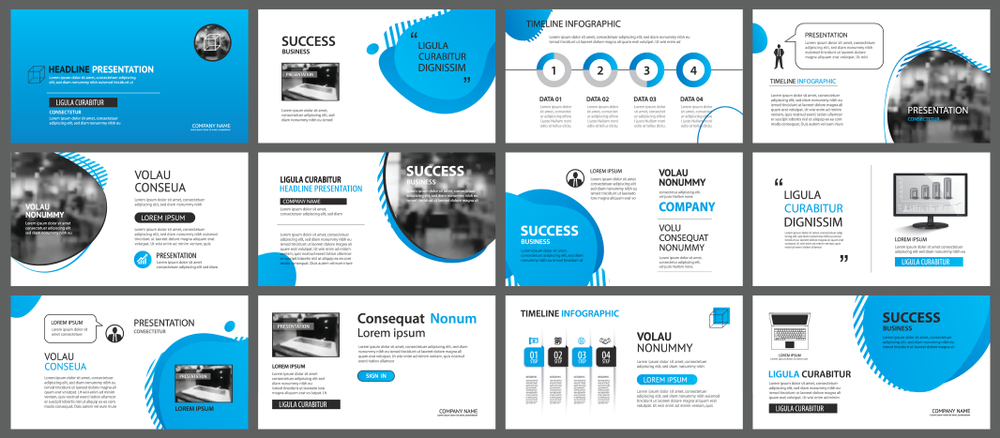The Ultimate Guide to Online Store Development: Building Your E-commerce Success
Establishing a successful online store requires meticulous planning and execution. This guide outlines the essential steps and considerations in online store development, ensuring a seamless and engaging shopping experience for your customers.
Understanding Online Store Development
Online store development involves creating a digital platform where businesses can showcase and sell their products or services. This process encompasses various components, including website design, backend programming, database management, and the integration of payment gateways. The objective is to craft a user-friendly, secure, and efficient online shopping environment that enhances customer satisfaction and drives sales.
Key Steps in Developing an Online Store
1. Planning and Strategy
Begin by defining your business goals, target audience, and unique selling propositions. Conduct thorough market research to understand customer preferences and analyze competitors. This foundational step guides the overall development process and informs decision-making.
2. Choosing the Right E-commerce Platform
Select an e-commerce platform that aligns with your business needs and technical requirements. Popular options include Shopify, WooCommerce, Magento, and BigCommerce. Each platform offers distinct features, scalability, and customization capabilities. For instance, provides user-friendly interfaces and extensive app integrations.
3. Domain Name and Hosting
Choose a memorable domain name that reflects your brand identity. Secure reliable hosting services to ensure optimal website performance, fast loading times, and minimal downtime, which are critical for retaining customers.
4. Designing the User Interface (UI) and User Experience (UX)
Create an intuitive and visually appealing design that enhances user engagement. Focus on easy navigation, clear calls-to-action, and a responsive layout that adapts to various devices. High-quality images and concise product descriptions contribute to a positive shopping experience.
5. Product Catalog Management
Organize your products into logical categories and subcategories. Provide detailed descriptions, pricing, and high-resolution images for each item. Implementing search and filter functionalities helps customers find products effortlessly.
6. Secure Payment Gateway Integration
Incorporate reliable and secure payment gateways to facilitate smooth transactions. Offer multiple payment options, such as credit cards, digital wallets, and bank transfers, to accommodate customer preferences. Ensuring compliance with security standards like PCI DSS is essential for protecting sensitive information.
7. Implementing Security Measures
Protect your online store from potential threats by installing SSL certificates, conducting regular security audits, and keeping software up to date. Educate staff on security best practices to prevent data breaches and maintain customer trust.
8. Search Engine Optimization (SEO)
Optimize your website for search engines to increase visibility and attract organic traffic. Utilize relevant keywords, optimize meta tags, and create high-quality content. Ensuring fast loading speeds and mobile responsiveness also contribute to better search rankings.
9. Testing and Quality Assurance
Conduct comprehensive testing to identify and resolve any issues before launching. Evaluate website functionality, compatibility across devices and browsers, and the overall user experience. Addressing these aspects ensures a smooth and professional launch.

10. Launch and Marketing
Once testing is complete, launch your online store. Develop a marketing strategy that includes social media promotion, email campaigns, and search engine marketing to attract and retain customers. Regularly analyze performance metrics to refine your approach and enhance results.
Emerging Trends in Online Store Development
Artificial Intelligence (AI) Integration
AI-powered tools can personalize the shopping experience, recommend products, and provide customer support through chatbots, enhancing user engagement and satisfaction.
Voice Commerce
Optimizing your online store for voice search caters to the growing number of consumers using voice-activated devices, providing a competitive edge in accessibility.
Augmented Reality (AR)
Implementing AR features allows customers to visualize products in their environment, aiding in informed purchasing decisions and reducing return rates.
Conclusion
Developing a successful online store involves a strategic approach that encompasses careful planning, user-centric design, robust security measures, and ongoing optimization. By staying informed about emerging trends and continuously enhancing the user experience, you can build an online store that not only meets customer expectations but also drives sustained business growth.
For professional assistance in developing your online store, feel free to contact us.
External Resources
Explore more related articles to deepen your understanding
Top E-commerce Website Development to Boost Your Online Sales







